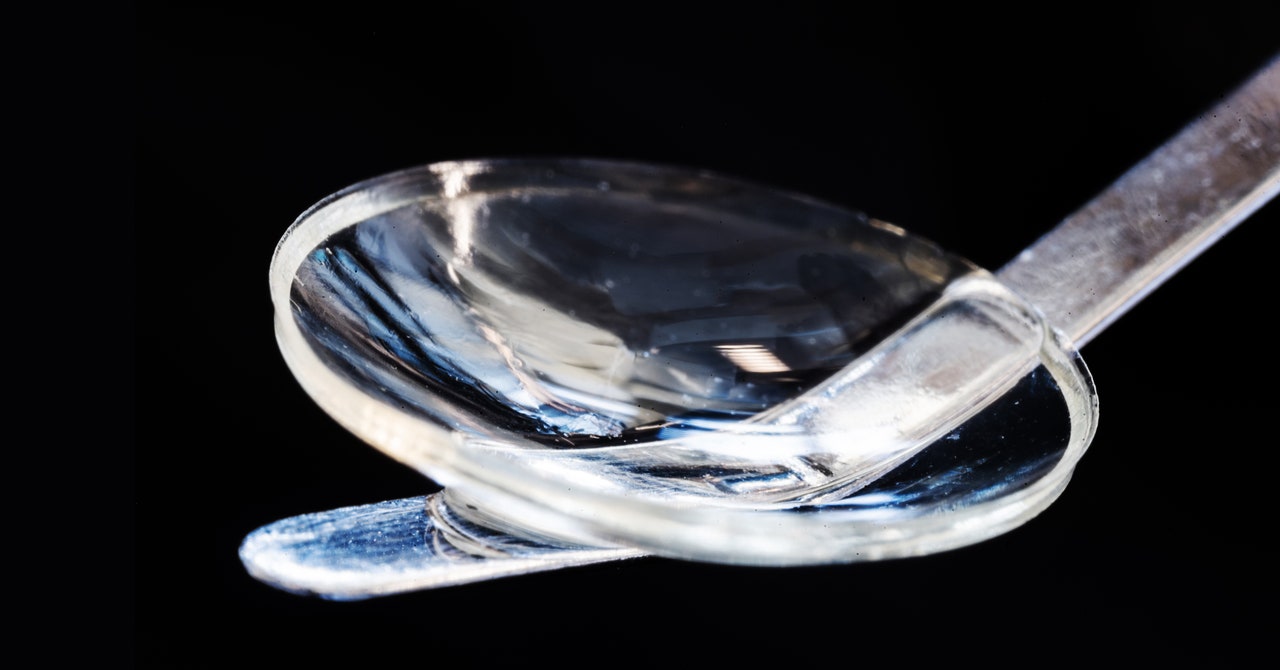
After their transplants, the researchers followed the volunteers for two years. They concluded that the implants were safe to use and restored the thickness and curvature of the recipients’ natural corneas. Before the operation, 14 of the 20 participants were legally blind, and the others were visually impaired. Two years later, three of the participants who had been blind prior to the study had 20/20 vision, thanks to a combination of the bioengineered corneas and the use of contact lenses or glasses. For the others, their vision improved to an average of 20/26 with contacts (in the Indian group) and 20/58 with glasses (in the Iranian group).
Christopher Starr, an ophthalmologist at Weill Cornell Medicine and clinical spokesperson for the American Academy of Ophthalmology, says that while the study was small, the results are promising. “The postoperative visual gains were quite impressive—as good, if not better, than traditional transplantation techniques,” he says. The participants also needed fewer eye drops and a shorter course of immunosuppressant drugs than is typically needed with transplantation from human donor corneas.
There have been other attempts at cornea implants. Artificial versions made of plastic exist, but they’re used when a patient has had one or more failed donor transplants. Because they’re plastic, these implants don’t integrate into a patient’s own eye like human tissue would, raising the risk of infection. “Biointegration has always been a huge challenge,” Starr says. “Without tight biointegration of a device, there is a much higher risk of bacteria getting into the eye and causing a rare but catastrophic infection called endophthalmitis, which often leads to permanent irreversible blindness.”
Immune system rejection, in which the body attacks the implant as a foreign object, is also a risk with any type of implant. But Starr says there may also be a lower risk of rejection with the bioengineered cornea, compared to human donor tissue, because the implant has been stripped of living cells.
Still, the process of inserting a bioengineered replacement over the original cornea, instead of swapping it out, might have some limitations. Akpek is skeptical that this kind of implant will be able to treat very severe cases of keratoconus, in which the cornea becomes clouded. “By just putting a transparent layer onto the cornea, they are strengthening, thickening, and flattening the cornea, but they’re not treating an opacified cornea, which is the advanced stage of keratoconus,” she says. For the bioengineered implant to work in these patients, she thinks the damaged cornea would also need to be removed—but that requires special training and technology that’s not available everywhere.
And she points out that getting a transplant first requires a diagnosis of corneal disease, which can be difficult in low-income areas where people don’t have access to eye specialists. “This doesn’t solve the problem, which is poverty,” says Akpek. But if a bioengineered version is cheaper and more accessible than using donor corneas, she says, it has a shot at preventing blindness in more people.
Rafat’s company is planning a larger trial of patients with more advanced disease. They also want to test the implant in people with other types of corneal blindness. One unknown is how long the bioengineered corneas will last after they’re transplanted. Donor corneas can last 10 years or more if there are no complications. “Our aim is to have a permanent implant,” Rafat says.


